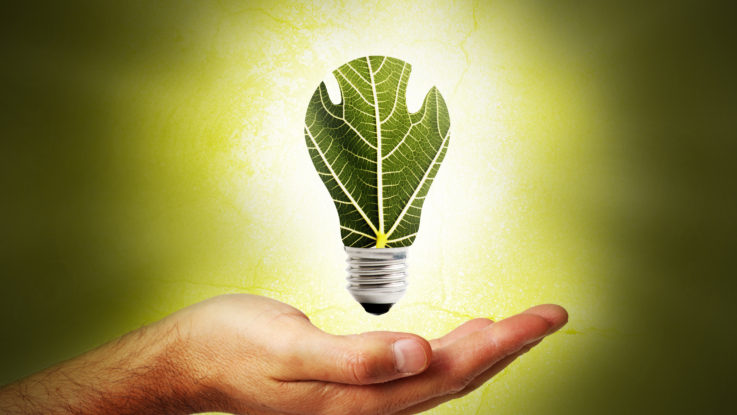
The Seoul Metropolitan Government (SMG) in Korea recently announced that it will be powering its public buildings with geothermal energy as part of the city’s Comprehensive Plan for Climate Action to achieve carbon-neutrality by 2050.
Geothermal energy is a highly efficient renewable energy technology that generates thermal energy from soil, bedrock, and underground water to heat and cool buildings. It takes advantage of the differing seasonal underground and above-ground temperatures in order to function. The system transfers heat stored in the earth into a building during the winter, and transfers it out of the building and back into the ground during the summer – essentially making the ground act as a heat source in winter and a heat sink in summer.
The use of the geothermal systems in Seoul’s public buildings is expected to reduce energy consumption by almost one third. An added benefit is the reduction of noise and vibration levels as the new system will not require outdoor condensers.
SMG plans to introduce the system in five new buildings this year, eight buildings in 2023, and three more buildings in 2024. The city may require new public facilities and large-scale maintenance projects to apply the geothermal system. In November of this year, the city also plans grants to subsidize houses that have newly installed the geothermal system.
“To proactively deal with soaring oil prices and achieve carbon neutrality by 2050, we must make more people use renewable energy. Therefore, we will increase financial investment, provide more support for private loans, offer subsidies, and require new buildings to use the geothermal energy (system),” said Yoo Yeon-Sik, director general of Climate & Environment Headquarters, Seoul.